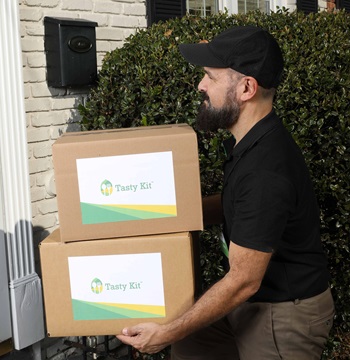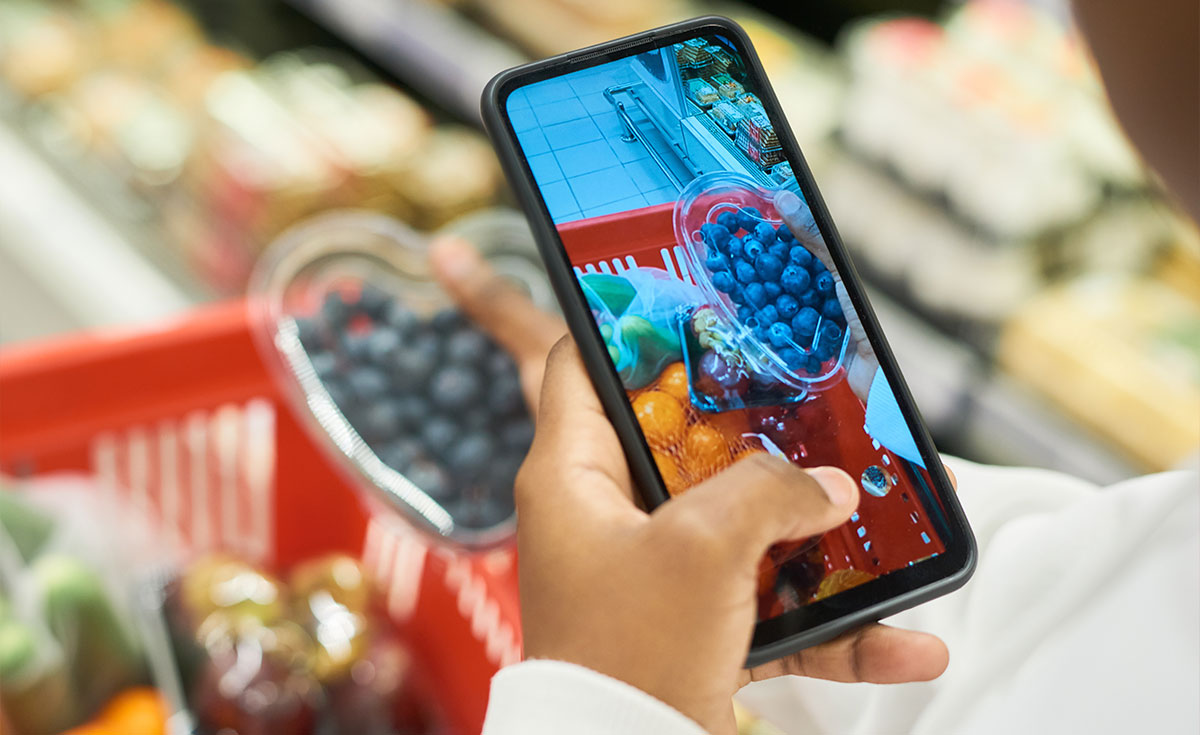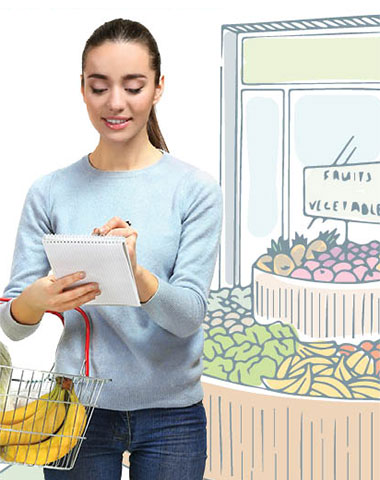By Heather Garlich, Vice President, Media and Public Relations, Food Marketing Institute

It started innocently enough. I thought it would be enjoyable and convenient for someone else to pick out my wardrobe based on my style preferences. I took a 15-minute quiz to help define my fashion penchants and then my “stylist” mailed me what she thought would match my personal taste. Next, the excitement for having something designed exclusively for me parlayed to my diet and well-being goals. The precipice was steep; I signed up for both prepared meals delivered to my doorstep in addition to a series of short-lived relationships with meal kit companies. Oh, and I may have dabbled in personalized vitamins with my name on the daily-dose packages, too.
But wait! My dog needed to feel this same sense of specialized care, so I signed him up for a monthly box of toys (he’s a heavy chewer) and gluten-free dog treats.
One morning as I was brushing my teeth with a new electric toothbrush head I received in the mail the day before, I had a moment of clarity: I needed to scale back on my subscriptions, but I was addicted, as evidenced by the litany of recyclable boxes I was receiving in the mail. In addition to my weekly grocery store visits mixed with online grocery shopping, these added services pointed to a broader enthusiasm for personalization led by my desire for experiencing new products – or at least that’s what my AI-stylist-turned-therapist counseled.
I’ve always been a pushover for predictive analytics, and I take solace in the fact that I’m not alone among those who relish in custom products and services. According to U.S. Grocery Shopper Trends 2019, I’m one of the 8% of U.S. shoppers who have subscribed to have specific grocery items delivered on an ongoing basis, such as coffee or disposable razors. And by the way, these items are also popular subscription-based ecommerce models that compete with grocery retail.
In addition to subscription amenities, individual orders for same- or next-day delivery, home delivery using standard shipping and pick up at the local store or a kiosk are just about equally popular among consumers (13%, 17% and 17%, respectively). One-in-five U.S. shoppers is a regular online grocery shopper, and they appreciate four overarching services: 1). 50% of shoppers use list-building tools based on previous searches; 2). 44% have returned unwanted items; 3). 42% leverage subscribe-and-save for frequently purchased items; and 4). 29% of these shoppers like the integration with other online services. For instance, it’s a windfall when I find an online recipe for a dinner party and I can simply click a button to build a cart at my local store.
We witness in our national surveys that neither age nor affluence are barriers to online shopping. My generation is even starting to catch on to the convenience and value of grocery ecommerce. Gen-Xers can pat themselves on the back this year – we did it! We embraced online grocery shopping: from 29% in 2018 to 40% in 2019, according to Trends.
Subscription services are arguably like on-demand entertainment and their influence challenges how emerging brands are introducing themselves to shoppers and changing seemingly habitual routines like brushing one’s teeth or even snacking. Consider how my lonely confession points to broader ecommerce trends with direct-to-consumer implications for our industry in the future.


 Industry Topics address your specific area of expertise with resources, reports, events and more.
Industry Topics address your specific area of expertise with resources, reports, events and more.
 Our Research covers consumer behavior and retail operation benchmarks so you can make informed business decisions.
Our Research covers consumer behavior and retail operation benchmarks so you can make informed business decisions.
 Events and Education including online and in-person help you advance your food retail career.
Events and Education including online and in-person help you advance your food retail career.
 Food Safety training, resources and guidance that help you create a company food safety culture.
Food Safety training, resources and guidance that help you create a company food safety culture.
 Government Affairs work — federal and state — on the latest food industry policy, regulatory and legislative issues.
Government Affairs work — federal and state — on the latest food industry policy, regulatory and legislative issues.
 Get Involved. From industry awards to newsletters and committees, these resources help you take advantage of your membership.
Get Involved. From industry awards to newsletters and committees, these resources help you take advantage of your membership.
 Best practices, guidance documents, infographics, signage and more for the food industry on the COVID-19 pandemic.
Best practices, guidance documents, infographics, signage and more for the food industry on the COVID-19 pandemic.
